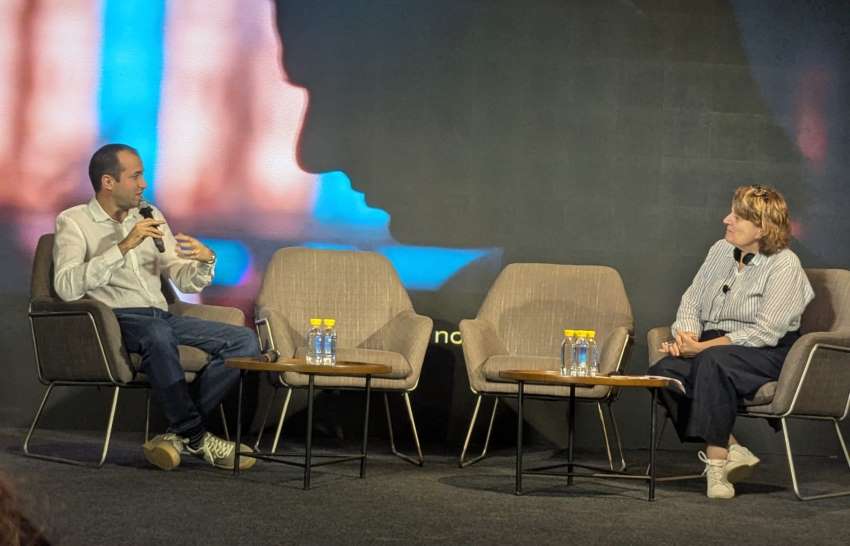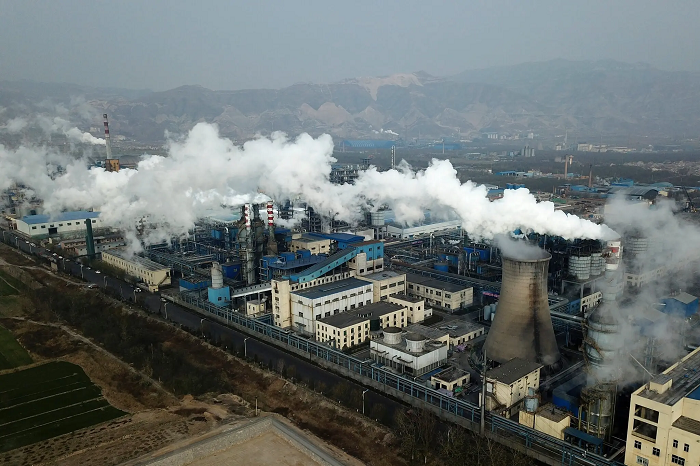Emerging as India’s second-largest textile exporter for the fifth consecutive year, Gujarat exported textiles worth $5.749 billion in FY2023-24.
While Gujarat has consistently been a major player in the cotton yarn and fabric markets, the state hasn't yet reached its full potential within the global textile supply chain, suggest industry analysts However, they anticipate that the recently implemented textile regulation has the power to revolutionize the industry. The policy aims to establish Gujarat as a leading global textile hub by attracting new investments, particularly in garment manufacturing.
The policy's focus on technical textiles, integrated infrastructure, and boosting value-added production is expected to enhance Gujarat's position in the coming years. The FY 2021-2022 saw a significant rise in textile exports, largely due to rising cotton prices. Now that cotton prices have stabilized around Rs 53,500 (approximately $624.21) per candy (356 kg), manufacturers are anticipating more predictable input costs and improved long-term planning.
Pabitra Margheria, Union Minister of State for Textiles, highlighted the central government's initiatives to boost the sector's competitiveness in a response to the Lok Sabha. These include the Production-Linked Incentive (PLI) scheme targeting the technical textiles and man-made fiber (MMF) sectors, and the PM MITRA program aimed at developing world-class textile parks.
According to Rahul Shah, Co-Chairman, GCCI textile taskforce, Gujarat's growth began with the 2012 textile policy. He noted, Gujarat holds a significant advantage in exporting cotton fabric and yarn. Despite a decrease in demand in Europe due to the Russia-Ukraine war, the state still has room to grow, opines Shah. It could benefit from the global push to reduce reliance on Bangladesh and China, especially as major companies seek alternative sourcing locations following the Covid-19 pandemic, he adds.












